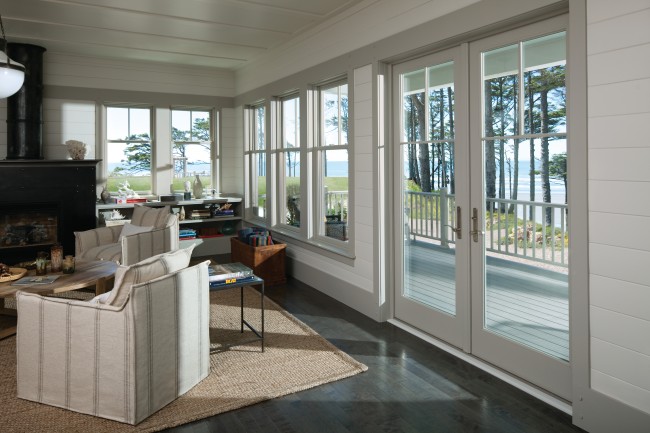
An energy efficient home is better for the environment, better for your wallet, and better for the planet, too. While efficient home design is best planned before a house is built, there are many things you can do in an existing house to reduce energy consumption, reduce utility bills, and do your part in conserving our natural resources.
What Efficient Home Design Is Likely to Target
When planning an energy efficient home, there are three basic goals you and your contractors should focus on: reduce the energy you use, make sure the energy you do use is used to its full potential, and reduce the waste produced by that energy. Any step made toward any one of these goals is a step in the right direction, but finding projects that combine all three goals are ideal.
When you are planning your next home improvement project, consider efficiency first. Adding a large, north-facing picture window might give you a nice view, but it could also leach heat in the winter. Buying a new, energy efficient furnace is almost always a good idea, but if your insulation isn’t up to par, plenty of that efficiently created heat will escape through your roof and walls. An energy efficient home is one that consumes as little as possible, but also makes good use of what it uses!
Upgrading Appliances for a More Energy Efficient Home
More than just wastefully consuming energy, old appliances are more likely to cause electrical problems or fail to safely store or cook food items. The problem is, just as building a new house consumes more energy than buying an existing one, buying a new appliance isn’t always as eco-friendly an option as keeping your old one for a few more years. Your best bet for conserving energy is to replace appliances only when necessary, and keep any appliance in your possession as well-maintained as possible to keep optimal efficiency and extend its life.
Home Energy Efficiency Tips By Room
Kitchens: The kitchen is one of the most heavily used areas of the home and can account for a very large percentage of the energy you use. Defrost your freezer if the ice is more than 5mm thick; vacuuming the refrigerator condenser coil frequently can also make a difference in performance. Make sure refrigerator and oven doors form a tight seal. Only run full loads in the dishwasher.
Bathrooms and Laundry Rooms: Any place where hot water is present can often be made more energy efficient. Leaking taps and connections can waste a shocking amount of water over time, so calling for service or fixing the problem yourself quickly can significantly reduce water waste, and maybe utility bills, too! Having a dryer indoors is a great convenience, but overloading it can reduce energy efficiency. It is also important to clean the lint filter after every use.
Basements: Set the hot-water heater thermostat to no more than 140 degrees Fahrenheit and insulate hot water pipes to make sure that the fuel used to get your water warm isn’t unnecessarily wasted. Basement walls are often sorely lacking in insulation; an upgrade here can help your home stop leaking heated air in the winter.
Bedrooms and Common Living Areas: Additional insulation and/or replacement windows is usually the best way to improve energy efficiency in these areas, but it’s far from the only way. Heating and cooling zoning will allow you to avoid wasting your furnace and air conditioning power on bedrooms during the day and living areas during the night. Window treatments like heavy curtains, solar screens, and tinting film can help control the level of sunlight and heat transfer in these areas, too.
Energy Efficient Home Design for Exteriors
No matter how many steps you take on the inside, energy efficient homes are limited without solid, energy efficient exteriors. Roofing is the most important component in efficient home design, but the right roof varies by locale. In warmer climates, you should select or retrofit your home with a light-colored material. In colder climates, darker colors should have preference. Make sure your roof has adequate insulating power, and supplement attic ventilation (if necessary) so your insulation isn’t destroyed by roofing leaks or ice dams. Older forms of aluminum or vinyl siding are atrocious insulators compared to newer products, so if your home needs a facelift, keep efficiency in mind when choosing your cladding material, too.
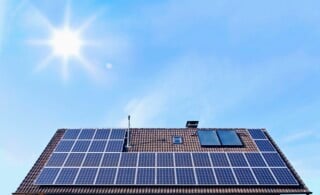 Tax Credits & Solar Shingles: Is It Finally Time to Swap to Solar Power?
Tax Credits & Solar Shingles: Is It Finally Time to Swap to Solar Power? 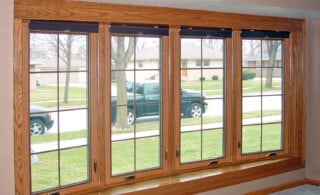 Low-e Windows – Are They Worth the Investment?
Low-e Windows – Are They Worth the Investment? 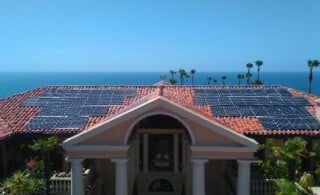 Building an Energy Efficient Home
Building an Energy Efficient Home 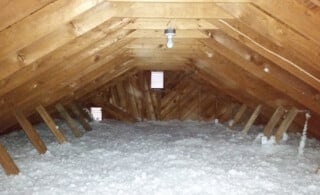 Roof Insulation Captures Escaping Energy
Roof Insulation Captures Escaping Energy 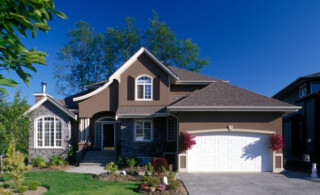 Energy Efficient Home Improvements Made Affordable
Energy Efficient Home Improvements Made Affordable 

Are You Familiar With This Topic? Share Your Experience.